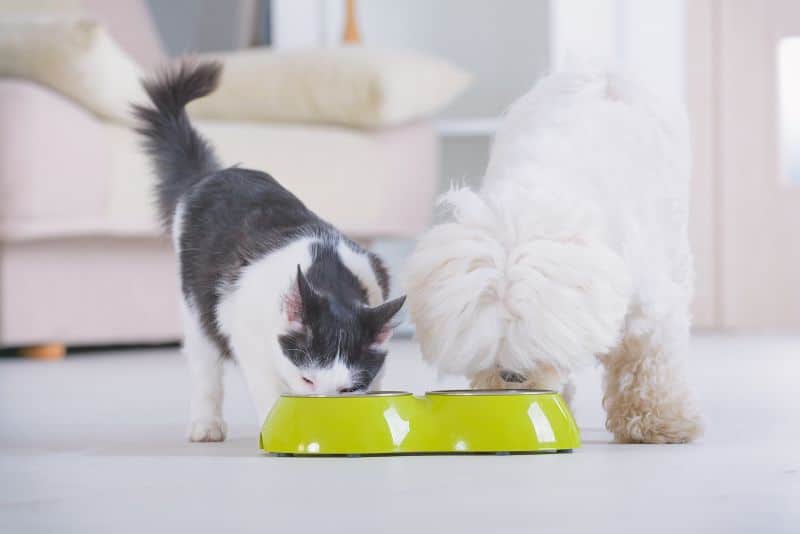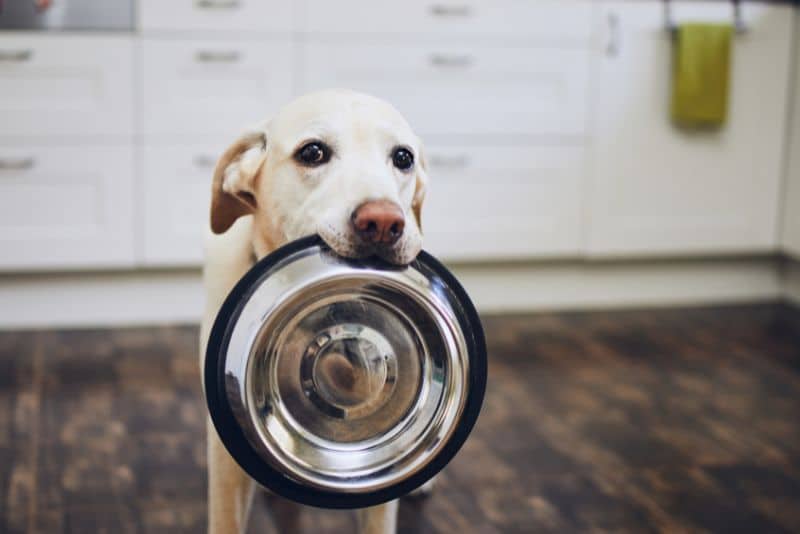Our pets are cherished members of our families, and just like us, they require a well-balanced diet to stay healthy and happy. Choosing the right meal plan for your furry friend can be a daunting task, given the plethora of options available in the pet food market today. Whether you have a playful pup, a finicky feline, or any other beloved pet, finding the perfect meal plan tailored to their specific needs is crucial. In this guide, we’ll explore the essential factors to consider when selecting the ideal meal plan for your pets, ensuring they receive the nutrition they need to thrive.

Understanding Your Pet’s Unique Dietary Requirements
Every pet is unique, and their dietary needs can vary based on factors such as age, breed, size, and health conditions. To find the right meal plan, start by consulting with your veterinarian. They can provide valuable insights into your pet’s specific requirements, including any allergies or sensitivities they may have. For example, a senior cat might benefit from a diet formulated to support joint health, while an active puppy may require higher protein levels to support growth and energy. Understanding your pet’s unique needs is the first step in selecting an appropriate meal plan.
Examining Ingredient Quality and Nutritional Content
Once you’ve identified your pet’s specific dietary requirements, it’s essential to scrutinize the ingredients and nutritional content of potential meal plans. High-quality pet food should list real meat, poultry, or fish as the primary ingredient. Avoid products that contain fillers like corn, soy, and artificial additives. Look for foods that provide a balanced mix of protein, carbohydrates, fats, vitamins, and minerals. Reading the nutritional label is crucial, as it provides information on protein and fat percentages, which can help you tailor your choice to your pet’s needs. Additionally, consider the food’s caloric content, especially if your pet needs to gain or lose weight.
Choosing the Right Feeding Method
In addition to selecting the right type of food, you’ll need to decide on a feeding method that suits both you and your pet. There are various options, including dry kibble, wet canned food, semi-moist, and even 80 10 10 raw food diets. Each has its advantages and drawbacks. Dry kibble is convenient and helps maintain dental health, while wet canned food can provide hydration and be easier for some pets to digest. Raw diets are gaining popularity but require careful handling to minimize the risk of bacterial contamination. Consider your pet’s preferences and any dietary restrictions when making this choice. Remember to follow feeding guidelines provided by the manufacturer and monitor your pet’s weight and overall health to ensure the chosen meal plan is working effectively.
Special Considerations for Health Conditions
Some pets may have specific health conditions that require special dietary considerations. If your pet has diabetes, allergies, kidney disease, or other medical issues, it’s essential to choose a meal plan that aligns with their needs. Your veterinarian can recommend specialized diets or supplements that can help manage these conditions. For instance, diabetic pets may benefit from low-carbohydrate, high-fiber diets, while cats with kidney disease might require a prescription renal diet. Always follow your vet’s advice when selecting a meal plan for a pet with health concerns to ensure their well-being.
Transitioning to a New Meal Plan
Switching your pet to a new meal plan should be a gradual process to prevent digestive upset. Start by mixing a small portion of the new food with their current diet, gradually increasing the ratio over several days. This transition period allows your pet’s digestive system to adjust to the new food. Monitor your pet’s behavior and stool during this time to ensure they are adapting well. If you notice any adverse reactions, consult your veterinarian for guidance.

Monitoring Your Pet’s Progress
Once you’ve selected a meal plan and successfully transitioned your pet, it’s crucial to monitor their progress continually. Keep an eye on their weight, energy levels, coat condition, and overall well-being. If you notice any sudden changes, such as weight loss, excessive thirst, or changes in appetite, consult your veterinarian promptly. Regular check-ups with your vet can also help ensure that your pet’s dietary needs are being met as they age or encounter any health issues.
Choosing the right meal plan for your pet is a dynamic process that requires careful consideration, patience, and ongoing vigilance. Special dietary considerations for health conditions, a gradual transition to new food, and diligent monitoring of your pet’s progress are all essential aspects of ensuring their nutritional needs are met. Remember that every pet is unique, and what works for one may not work for another. By prioritizing your pet’s well-being and working closely with your veterinarian, you can provide them with a meal plan that promotes a long and healthy life, filled with joy and vitality.
